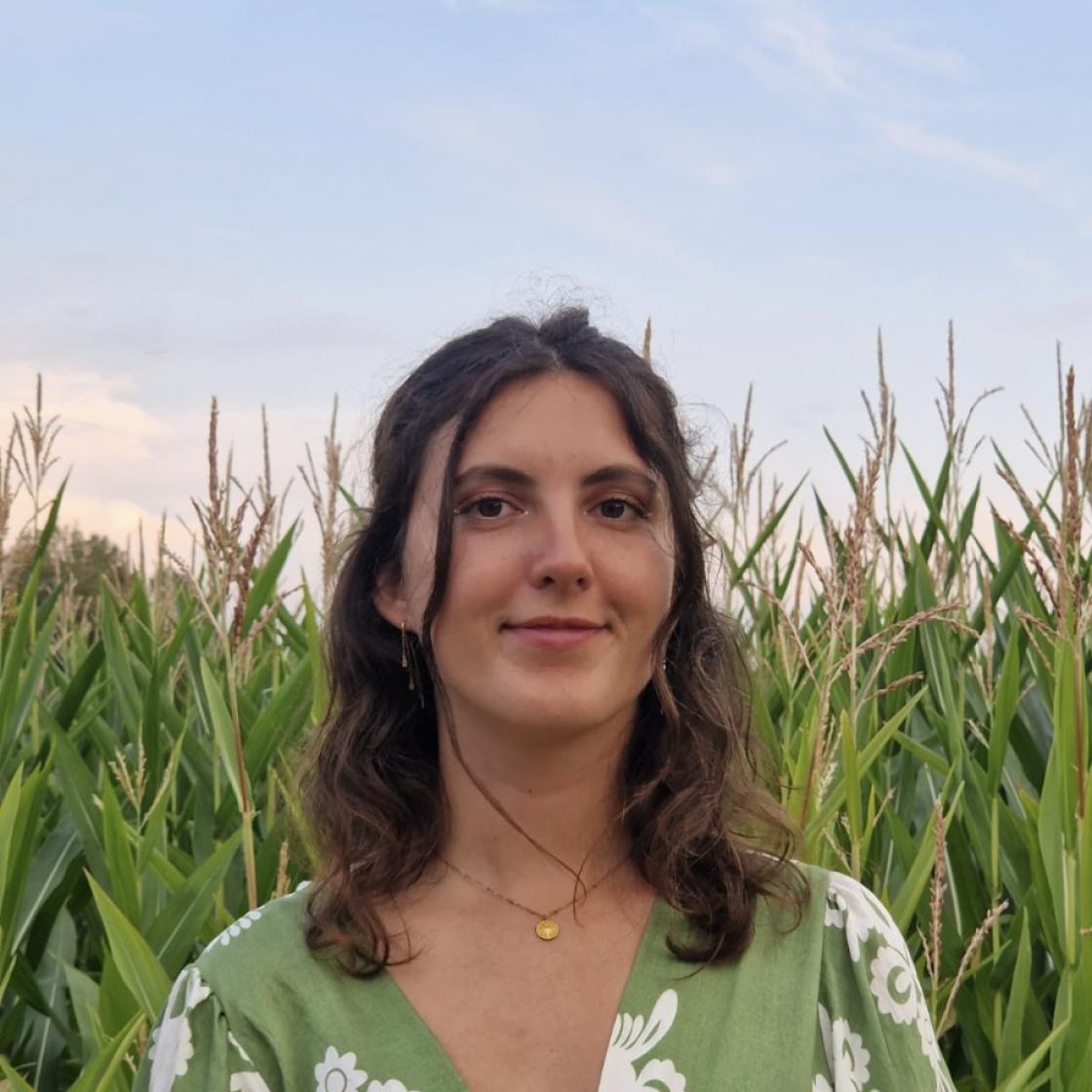
General topics
Etude comparative des traits d'histoire de vie de quatre espèces de gobies (Teleostei: Oxudercidae: Sicydiinae) amphidromes du bassin indo-pacifique par une approche pluridisciplinaire: une clé pour comprendre l'endémisme
Dans les Océans Indien et Pacifique, la biodiversité des rivières repose essentiellement sur les espèces amphidromes, parmi lesquelles les gobies endémiques Cotylopus acutipinnis (archipel des Mascareignes, océan Indien), C. rubripinnis (archipel des Comores, océan Indien) et Sicyopterus pugnans (Polynésie, Océan Pacifique) vivent en sympatrie avec le gobie à large répartition Sicyopterus lagocephalus. Ces espèces amphidromes sont caractérisées par un cycle de vie au cours duquel les adultes se reproduisent en rivières ; des larves éclosent des oeufs et dévalent les rivières en quelques heures pour atteindre la mer où elles se dispersent pendant plusieurs mois, avant de revenir coloniser les rivières insulaires. Chez l’espèce cosmopolite, la durée de cette phase marine peut permettre une dispersion à l’échelle du sud-ouest du bassin océanique, comme l’attestent des études de génétiques montrant des flux possibles entre La Réunion et Mayotte par exemple. Néanmoins, les trajectoires de migration des larves en mer restent mystérieuses, de même que l’origine géographique des larves recrutant dans une rivière donnée. L’étude que nous proposons vise à étudier la variabilité inter-annuelle des traits d’histoire de vie, dont l’âge des post-larves des quatre espèces au moment de leur recrutement dans les rivières de trois îles (La Réunion, Mohéli (Comores) et Tahiti), en fonction des saisons. Il sera ainsi possible de vérifier si l’endémisme vs le cosmopolitisme des espèces peut être lié à des durées de dispersion larvaire, et à des schémas de migrations différents. Nous envisageons d’investiguer les trajectoires de migrations possibles des différentes espèces en fonction des saisons par une approche de modélisation hydrodynamique, couplée à l’analyse des éléments et traces inclus dans les otolithes par microscopie électronique à balayage ou transmission couplée à un détecteur EDX. Les éléments inclus dans l’otolithe devraient nous renseigner sur l’environnement traversé au cours de la dispersion, ce qui permettra d’identifier les trajectoires les plus probables, parmi celles proposées par le modèle hydrodynamique.
Dans les Océans Indien et Pacifique, la biodiversité des rivières repose essentiellement sur les espèces amphidromes, parmi lesquelles les gobies endémiques Cotylopus acutipinnis (archipel des Mascareignes, océan Indien), C. rubripinnis (archipel des Comores, océan Indien) et Sicyopterus pugnans (Polynésie, Océan Pacifique) vivent en sympatrie avec le gobie à large répartition Sicyopterus lagocephalus. Ces espèces amphidromes sont caractérisées par un cycle de vie au cours duquel les adultes se reproduisent en rivières ; des larves éclosent des oeufs et dévalent les rivières en quelques heures pour atteindre la mer où elles se dispersent pendant plusieurs mois, avant de revenir coloniser les rivières insulaires. Chez l’espèce cosmopolite, la durée de cette phase marine peut permettre une dispersion à l’échelle du sud-ouest du bassin océanique, comme l’attestent des études de génétiques montrant des flux possibles entre La Réunion et Mayotte par exemple. Néanmoins, les trajectoires de migration des larves en mer restent mystérieuses, de même que l’origine géographique des larves recrutant dans une rivière donnée. L’étude que nous proposons vise à étudier la variabilité inter-annuelle des traits d’histoire de vie, dont l’âge des post-larves des quatre espèces au moment de leur recrutement dans les rivières de trois îles (La Réunion, Mohéli (Comores) et Tahiti), en fonction des saisons. Il sera ainsi possible de vérifier si l’endémisme vs le cosmopolitisme des espèces peut être lié à des durées de dispersion larvaire, et à des schémas de migrations différents. Nous envisageons d’investiguer les trajectoires de migrations possibles des différentes espèces en fonction des saisons par une approche de modélisation hydrodynamique, couplée à l’analyse des éléments et traces inclus dans les otolithes par microscopie électronique à balayage ou transmission couplée à un détecteur EDX. Les éléments inclus dans l’otolithe devraient nous renseigner sur l’environnement traversé au cours de la dispersion, ce qui permettra d’identifier les trajectoires les plus probables, parmi celles proposées par le modèle hydrodynamique.

